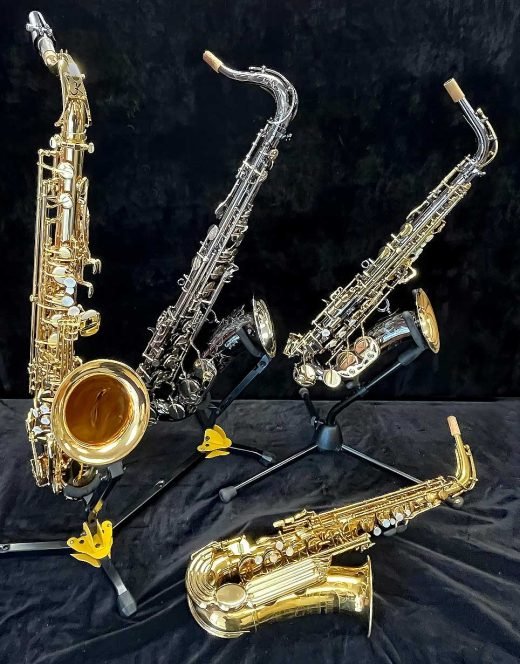
Keilwerth Alto Sax SX90R: Model JK2400-5B-0
Country of origin: Germany
Finish: Black nickel plate with gold lacquer keys and bell
Price: varies greatly depending where you live, and what currency you buy them in. This one is $9350 Cdn. at Matterhorn Music
Serial #: 130971
Date of manufacturing: circa 2021
Date of review: 2024
Setup used: Dukoff D8 refaced by Theo Wanne; Harry Hartmann Fiberreed Copper Carbon Classic alto saxophone 2.5; and Rovner Light lig
I have been meaning to write this review for over a year now. I have just had a lot of things happening that have prevented me from doing so. Then a couple of weeks ago my 1957 Toneking alto (laying down in photo on right) and my brand new Shadow tenor (middle horn in stands) went to the shop for David to do some minor adjustments. I figured this would be the perfect opportunity to get all the info I needed to get both the review of this alto, as well as the SX90R tenor, finalized.
I hope you find this as enjoyable and useful a read as it was for me to re-try both of these fantastic new horns by the Julius Keilwerth Company.
Availability
At the time of writing this horn is available for purchase through the Authorized Buffet/JK dealer, Matterhorn Music. Contact the shop and speak with David directly to find out more about this exquisite horn.
Tone
This Keilwerth SX90R had a big, full, powerful tone. With my personal setup it was FULL of overtones. However, when I tried it with the vintage HR Toneking alto MP that Matterhorn had in a drawer, the SX90R suddenly had much more of its core tone present.
This tonal flexibility is why the SX90R also makes a great classical saxophone. Yes, I really wrote this. Don’t believe me? Here’s a video that JK put out demonstrating the SX90’s legit capabilities.
The SX90R is incredibly light and limber in its tone and timbre, and of course action.
Response
The SX90R was very free-blowing with very little resistance. Compared to my vintage Toneking, which offers some resistance, the new Keilwerth was incredibly easy-playing right down to low Bb. Although it is not as quick to respond to changes in airflow as my Shadow tenor is, it definitely responds to changes faster than the Toneking.
The SX90R alto played with a completely even scale up and down the entire range of the instrument. I know you would expect that from a pro horn, but given how many horns marketed today as supposed pro horns don’t, it is worth mentioning.
The altissimo popped with ease on this new JK alto. However, my limited altissimo skills on alto unfortunately really held me back from testing this horn’s full altissimo potential.
Feel
Loved it! Everything about how the SX90R alto feels has obviously been extremely well thought out.
- The ergos of the SX90R are simply fantastic. The large, deep MOP key touches almost “grip” your fingers in the upper and lower stacks. These home keys—where you spend 75% + of your time as a player—are comfortable and were designed with player comfort and maximum ergonomic positioning in mind.
- The left palm keys are of course adjustable, making palm key risers a thing of the past.
IMHO, the non-stick G# mechanism is the best thing that has been added to saxophones over the past 50 years. (Of course based on this design by Stathmann.) This allows you the freedom of playing the note without the worry of possible sticking. The feel it gives the G# is a sense of freedom. For me anyway. 😉
Key Action
This horn is fast. David has made some minor adjustments on it since it came in to the shop, and it is certainly much faster than when I first tried it. Is it as fast as my Shadow? I’m not sure about that. Comparing an alto to a tenor is a bit tricky. It does feel to me like my Shadow does play a bit quicker, but maybe its my imagination?
To check the key action I did my usual 2 warmup exercises I do every time I play:
1. Going Over the Break
Here you tongue the G and slur to then end of phrase. Then tongue the first G again. You start out slowly, and keep going faster and faster, making sure your air is supported.
2. Pivot on the Break
Here again you start out slowly, and build up your speed until you are lightning quick.
On both these exercises the SX90R alto was quick to respond; blew through the exercises with complete ease and zero resistance; and its evenness of scale was extremely evident.
Intonation
The SX90R alto was 100% in-tune across its entire range. Unlike the Toneking alto I own that is rather MP fussy, the SX90R alto didn’t care what MP I used. The intonation was not affected by my MP choices. Metal. Vintage hard rubber. Didn’t matter. The SX90R played in-tune regardless of the tip opening, chamber, or material.
Keilwerth’s Description of their SX90R 2400 alto sax
The SX90R Series saxophones offer a rich, solid tone that suits the player in any style of music from classical to jazz. Features include a wide bow and bell design allowing for a more responsive and fuller tone in lower registers, rolled tone holes to enhance projection and prolong pad life, adjustable palm keys to customize the key height and comfort to any player, and G# lever mechanism to prevent sticking keys. Different finish options are not only attractive but contribute toward the different tonal colors each variation provides.
Source: julius-keilwerth.com
Specs
According to the Keilwerth page, the following are the SX90R alto’s specifications
Key |
Eb |
Range |
Low Bb to High F# |
Material |
German Brass |
Key Buttons |
Mother of pearl |
Palm Keys |
Adjustable |
Thumb Rest |
Metal, Adjustable |
Pads |
Leather, Pisoni |
Resonators |
Metal |
Engraving |
Laser precision engraved 1 |
Tone Holes |
Drawn with Hand Soldered Rings |
Body and Key Finish |
Black nickel body with gold lacquer keys |
Additional Features
- Black nickel plating with gold lacquer keys and bell
- Post to body construction
- Hand engraving on bell & bow (?) 1
- Slightly domed metal resos with rivet
Pics of the Keilwerth Alto Sax SX90R: Model JK2400-5B-0
Build
My usual disclaimer: I am not a tech, nor do I play one on TV. 
The Julius Keilwerth company has over 100 years of saxophone R&D and manufacturing experience to draw on, and it shows in every aspect of this saxophone.
The SX90R alto is a fantastically solid, German engineered horn. It is obvious that JK’s 100 years of experience went into the design and build of this sax. It also very obvious that, if properly maintained, this horn will be around in a 100 years from today, since it is built like horns used to be: with care, precision, and high-quality materials meant to last a lifetime+.
My Toneking alto from 1957 shares many of this SX90R’s same build qualities, but is in some ways much fussier with regards to things like MP options. That said, it is proof that Keilwerth saxophones are built to last. Their new crop of pro horns is no different than their old ones in that regard.
Cons
The horn
There is only 1 that I can think of: its finish. Why does this horn have gold lacquered keys and inner bell?
Keilwerth used to offer a finish they call Black-Gold. In those days their black nickel plated horns had gold played keys and a gold plated inner bell. The up charge ATT was 20% over the cost of a regular lacquer horn.
I was trying to think why the Black-Gold finish might have been discontinued, and then I thought about the SX90R Shadow. An up-charge of 20% would put any SX90R close in price to the Shadow, and that would simply just not make economic sense for the company.
Since I own both a Black-Gold finish (Couf bari) and a Shadow (tenor), I can say hands down that if given a choice, I would spend a few hundred $$ more and get a Shadow over a Black-Gold model any day of the week. Why? Because Black-Gold is a finish on the keys and inner bell, and it doesn’t effect the sound of a nickel plated, brass horn in the slightest. Whereas the Shadow’s materials and construction are what makes it sound and play differently.
Accessories
The other con has nothing to do with the horn itself, but with the its primary accessory: Its case.
Ever since a foot on my B&S Medusa bari case broke off on the bottom of its Winter Shaped Baritone case, I have never been a huge fan of the brand. Truth be told, I also never really liked the way the Medusa slopped around while in its case.
Fast forward 2 decades, and uber-expensive Keilwerth pro models continue to come in none other than Winter cases that, you guessed it, have similar characteristics to my former bari case. That said, the alto SX90R’s case is better than that of the tenor (more on that when I write the tenor review).
Although the style of case that the SX90R comes in has changed over the model’s production time, currently what is provided is described as follows on the Keilwerth website:
JK2192CA
Shaped case for alto saxophone:SX Line
carbon finish
Fibre glass reinforced plastic material
strong handle
nickel plated latches
optimal protection at a very low weight
backpack system
high gloss black finish.
*Delivered for any purchase of the Alto SX90R.
This is the case we’re talking about here, which looks like Winter’s Alto Saxophone Shaped Case Thermoshock. I don’t know if JK orders the Polystyrene insert specifically shaped for their horns or not, but as I said, the alto fits its case better than the tenor does.
If anything is going to give on this instrument, it is going to the case—or some element of it.
Pros
There are so many I can’t begin to list them all without sounding like I’m schilling for Keilwerth. I can assure you: I am most definitely not doing that. (Remember I played Selmers and vintage American horns most of my musical career. Then I fell in love with some JKs I played, and the rest is as they say, history. 😉 )
So now that we have that out of the way, on to the list of pros:
- Extremely well built.
- Fantastic ergos.
- Left palm keys are a nicely adjustable.
- The non-stick G# key is a game changer.
- Action is light and fast.
- Intonation is spot on over the horn’s entire range.
- Goes from
 to
to  with no change in intonation or tonal distortion.
with no change in intonation or tonal distortion. - Plays nicely with a wide variety of MPs: both vintage and modern.
- Has lots of overtones that can be brought out with the right MP.
- Has a lovely core tone that can easily be brought out with the right MP/reed set up.
- Just a dream to play compared to many comparably-priced pro horns on the market.
- Versatile enough that it can be used for virtually any style and genre of music.
Bottom Line
Over the last few years I have played new Selmers, Yanis, Yamahas, P. Mauriats, and many other lesser known, but not inexpensive Asian-made horns . Over that time I have come to the conclusion that it really is the wild west in the new saxophone marketplace, but in the end, you do get what you pay for. (Generally speaking.)
That is why for my $$, I ended up with a new SX90R Shadow, and why I play Keilwerths as my main alto, tenor, bari, and bass saxophones. (Still on the lookout for that perfect JK soprano to finish off the set. 😉 )
So to sum up: When you buy this SX90R alto, you get a fantastic pro horn that will last you your lifetime—regardless of how old you are. Period. Full stop. That’s why I give this SX90R alto a full 5/5 stars in its review.
Beware Though
As I wrote about in August 2021, fake Julius Keilwerth saxophones are found all over the Internet—and by extension, likely in some brick and mortar stores as well at times. That’s why it’s really important that when considering a new saxophone purchase, you buy through an authorized Buffet dealer. That is also the only way you are guaranteed to get the warranty these horns come with.
If you are buying used, make sure you know how to spot a fake JK. Also make sure that you buy through a reputable saxophone dealer like: PM Woodwind, Get A Sax, Worldwide Sax, etc. etc. These dealers are stand-up guys, know how to spot a fake, and stand behind the products they sell.
1 IIRC, I had correspondence with the JK rep back when I worked for Matterhorn Music who told me that the Black Lacquer, along with the Shadow, were the only 2 models of SX90 saxes that were still hand engraved.

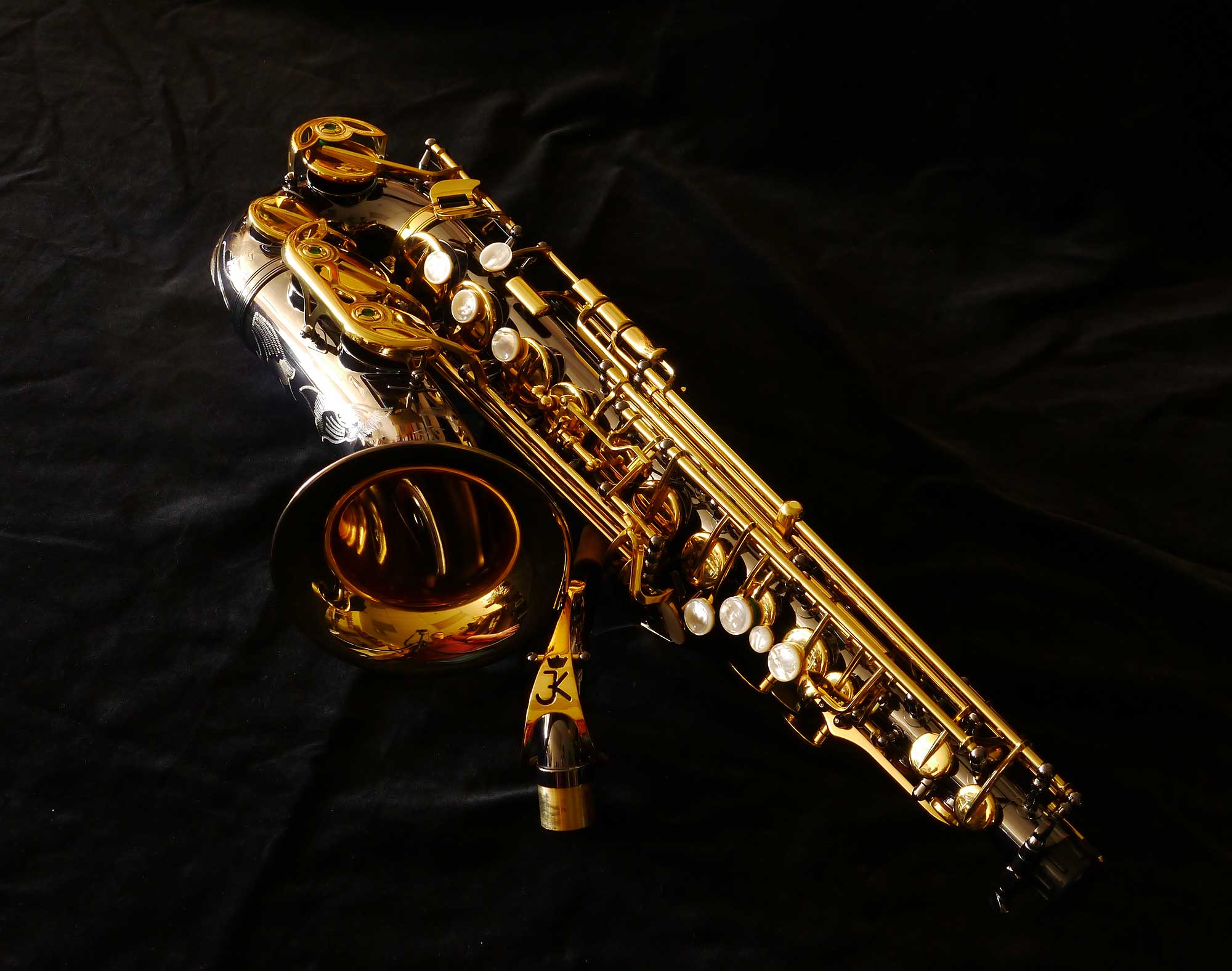
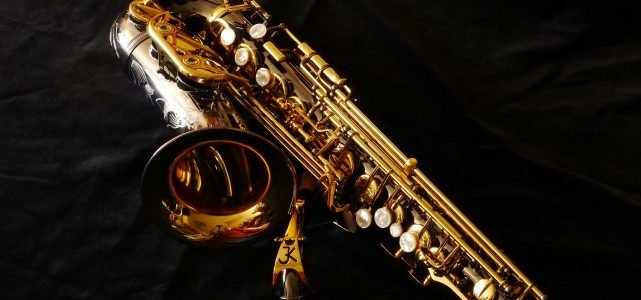
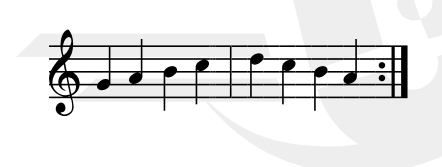















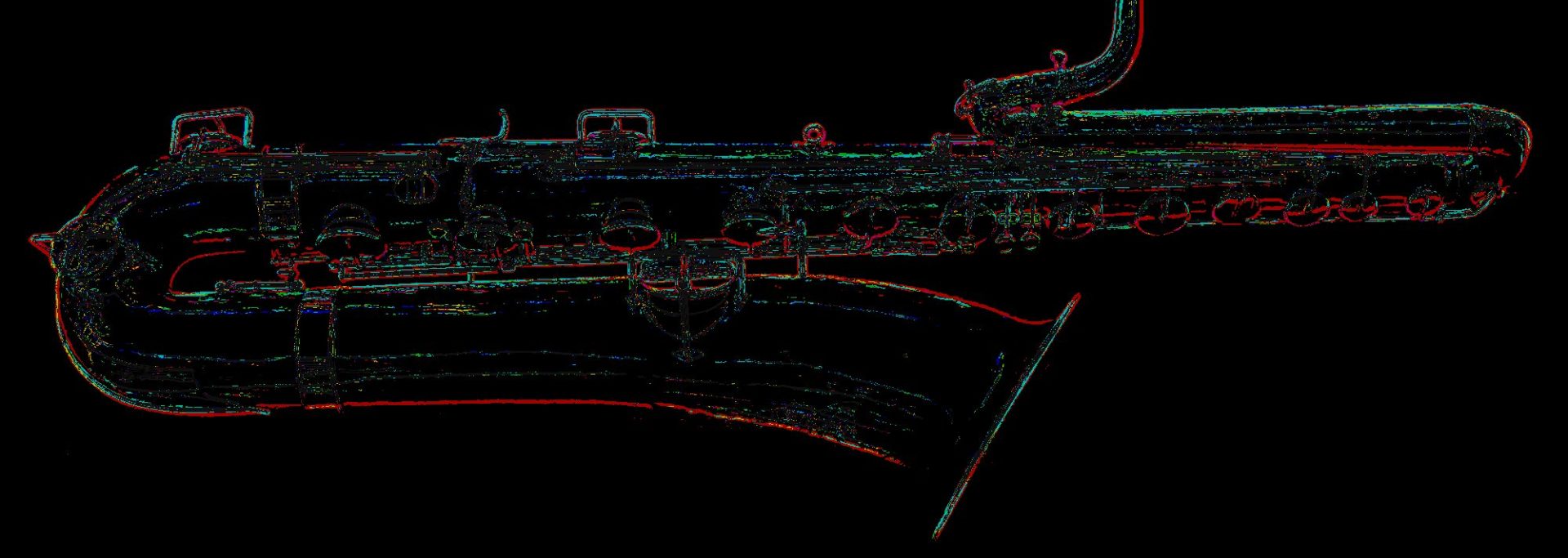

The best way to know if a horn is a real JK is to look at the posts. They are convex, or diamond shaped..
They are not conical nor do they look like chess pawns.
Yup. That is without a doubt one of the best ways to check for authenticity.